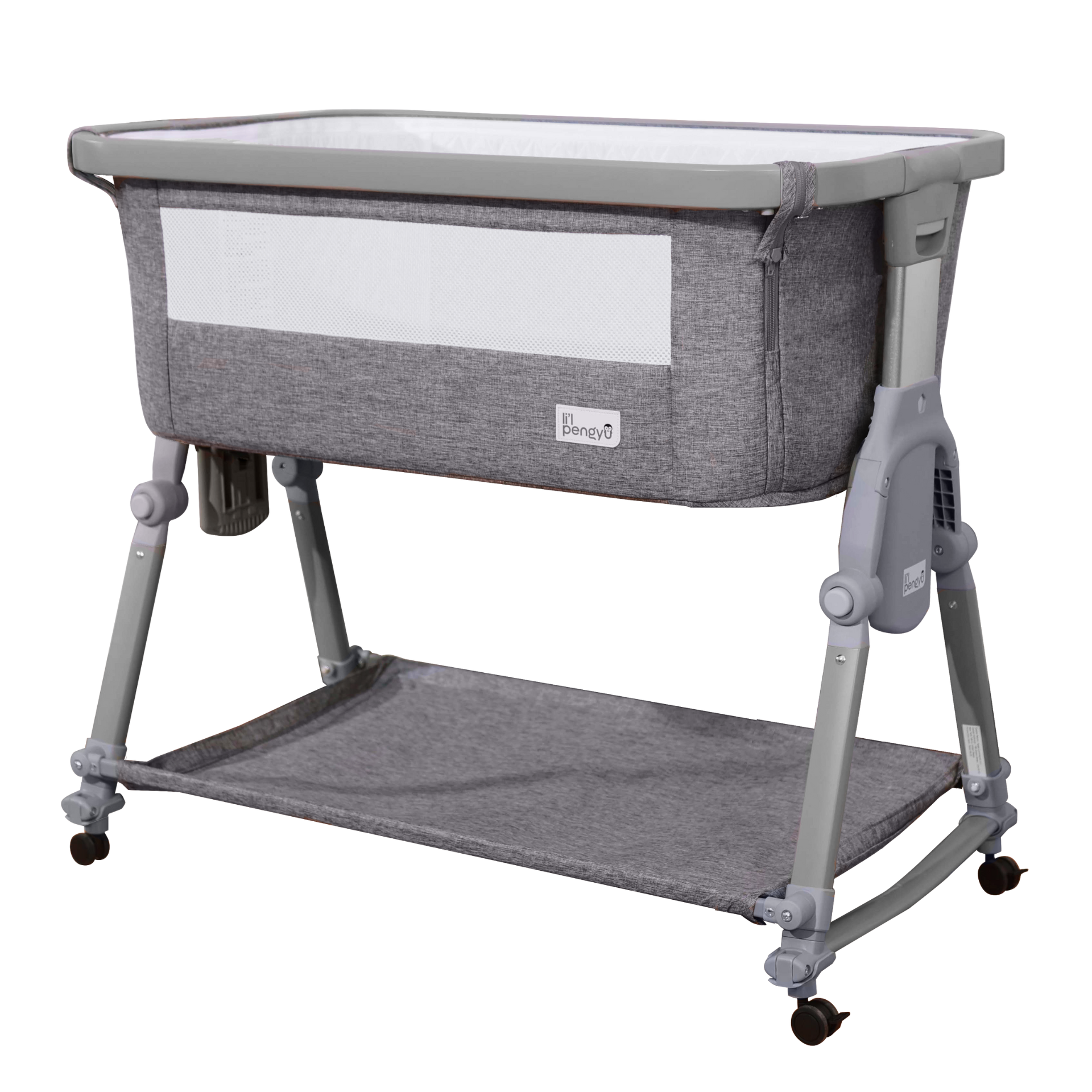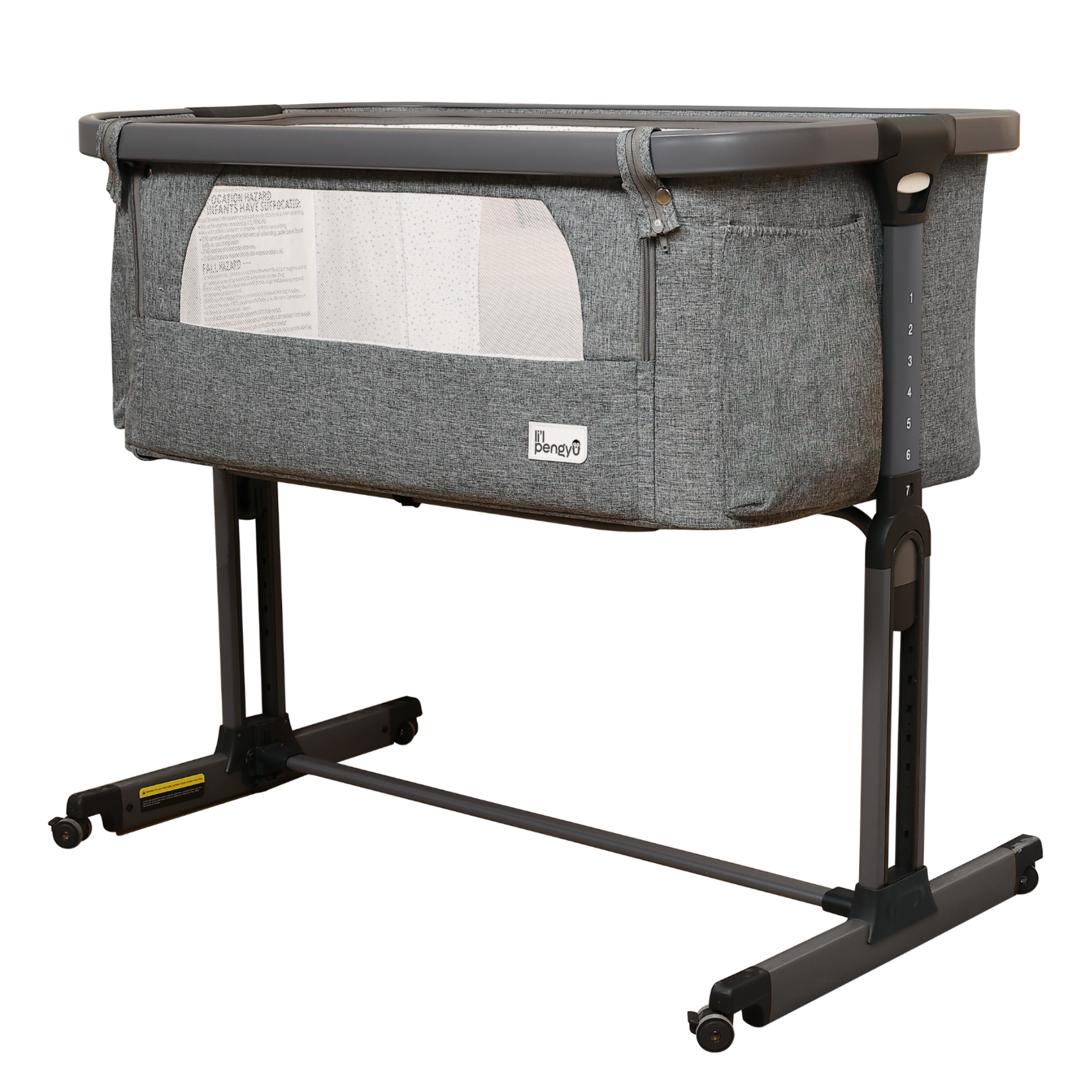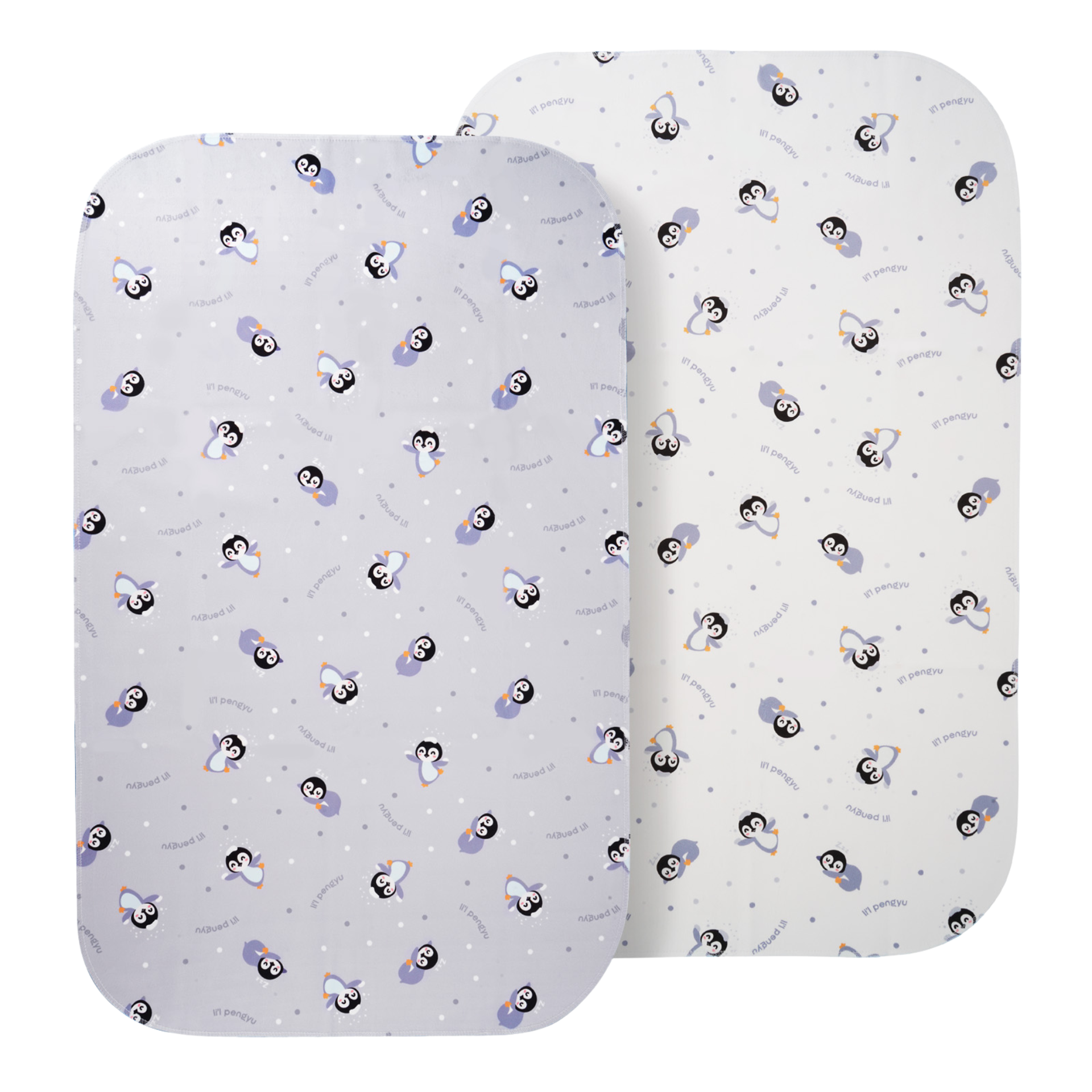Your baby’s first winter is one you’ll always remember. But, before you go outside and start enjoying the weather, learn how to dress a newborn in the winter.

Before we dive into the basics of how to dress a newborn in the winter, let’s explore why learning this skill is so important. Newborns and infants usually can’t self-regulate their core temperatures in cold weather, which is why it’s up to parents and caregivers to ensure Babies are warm and safe.
What should a baby’s temperature be? Many sources say that the ideal temperature for a baby is 97.7 degrees Fahrenheit, but any range between 96.8 and 100.3 degrees Fahrenheit is deemed safe. If you see your newborn shivering, this is an immediate sign to bring them inside and wrap them up to provide warmth.
As a best practice, limit your baby’s exposure to extremely cold outdoor temperatures to just a few minutes at a time, especially if temperatures are below freezing. Skip the snow days for when they’re a bit older and can enjoy themselves more.
The importance of layering
One of the best ways to keep your baby nice and toasty while outdoors in the winter is by layering them up with different articles of clothing. This way, you can adjust your baby’s temperature to their different needs throughout the day. If you’re not sure whether to add or remove layers, place the back of your hand on their forehead to get a quick feel of their body temperature.
Pick a snug bottom layer for added comfort, such as leggings or a body suit. Then, place as many layers as you may need for your local temperature. You can add or remove layers as you go about your day and enter new environments with varying temperatures. The best fabrics for layering are those that are breathable, such as cotton or muslin.
Always accessorize
When temperatures drop significantly, you’ll need to dress your newborn accordingly. Make sure that your baby is covered from head to toe. If you need a hat, mittens, boots, etc., so does your baby.
Mittens, hats, boots, gloves, and coats are all necessary safety additions to your baby’s winter outfit if the weather calls for them – not to mention, they look absolutely adorable. Just like adults, babies lose a significant percentage of body heat through their heads, so adding a cozy winter beanie or a pair of earmuffs is important. Make sure to invest in a sturdy pair of boots or some fluffy winter socks as heat can quickly be lost through the feet as well.
Keep an eye out for telltale temperature regulation difficulties
As we briefly touched upon above, babies can’t self-regulate their temperatures like adults, so it's important to use your common sense as well as your physical senses when dressing your newborn in the winter. We recommend you keep an eye out for any telltale signs.
One of the first signs to watch out for is your baby fussing – this usually means they’re trying to tell you something. If their skin is warm and flushed, it’s likely that they are becoming overheated. If their skin is cold to the touch or their eyes are watering, it’s likely they are becoming too cold.
No coat in the car
We understand the process of dressing and undressing your baby can be tiresome. That being said, it’s important to remove your baby’s winter coat or snow suit before buckling them into their car seat.
Even if it’s just a five-minute trip, you never know when an accident could occur. You don’t want to risk any injuries as the roads can be extra slippery during the icy winter months. Bulky garments can reduce the efficiency of a car seat, so it’s essential you take them off in the car.
Share body warmth with your baby
Sometimes, the best way to keep your baby at the optimal temperature is by sharing your own body warmth. Not all babies enjoy being placed in a carrier, but if yours is happy feeling as snug as a bug, then by all means adopt this method.
You can use body heat to keep your baby toasty while you spend some time outdoors. Just make sure to account for this added warmth by removing any bulky layers of clothing. As always, keep their head and feet covered, as this is where they are most likely to lose heat. Other safety precautions to look out for include avoiding any slippery surfaces that could injure both you and your baby.
Keep your baby cozy
No matter what you do, it’s important to keep your baby cozy during the harsher winter months. As a new parent, it can be tricky to understand what your baby is trying to communicate. Nevertheless, we hope these tips have helped you learn the basics of how to dress a newborn in the winter.
At Li’l Pengyu, your baby’s happiness and safety are our top priorities. That’s why we create extremely comfortable and thoughtful baby care solutions using only the best quality materials. From playpens to bassinets, our baby products are not only functional, but they are all CPSC- and ASTM-certified, so you’ll never have to worry about purchasing an unsafe item again.






